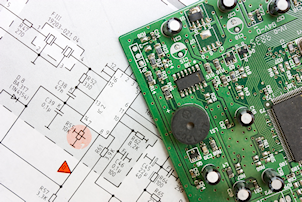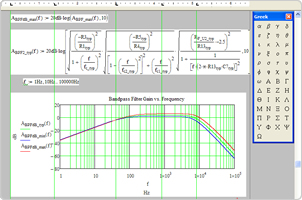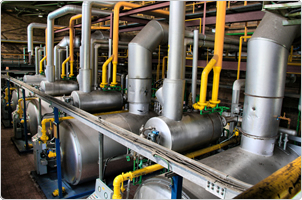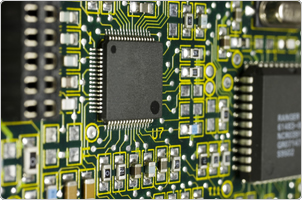
iPad or Android Visual Configurator to Simplify Product Selection
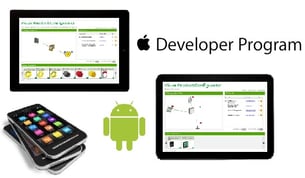 CHALLENGE
CHALLENGE
Develop intuitive iPad and Android mobile apps to guide customers through the configuration and selection process of catalog components and accessories.
Read More
Vibration Measurement: Wireless Portable Stroke Monitor
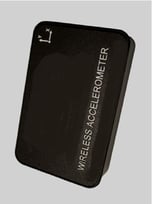 CHALLENGE
CHALLENGE
A manufacturer of vibrating feeder equipment was purchasing a private-labelled off-the-shelf Bluetooth Low Energy enabled accelerometer. The supplier was unable to keep up with product demand and had raised the price significantly. A lower cost solution was needed.
Read MorePower Electronics: Digital Pump Drive
 CHALLENGE
CHALLENGE
Power a laboratory pump system occupying only one-half the bench space with one-quarter the volume of the current product, and increase performance while also reducing cost.
Read MoreEnd of Line Test: Production Board Assembly Testers
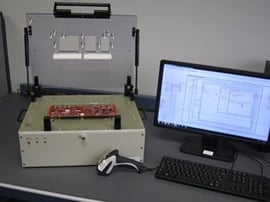 CHALLENGE
CHALLENGE
Automate the process of testing printed circuit board assemblies to reduce test time, improve repeatability, and improve product reliability.
SOLUTION
Bed-of-nails test fixture with National Instruments (NI) off-the-shelf hardware and LabVIEW-based scripting of individualized tests to verify pass/fail criteria and log results.
Read MoreWireless Electronic Lock
Challenge
Create a remote controlled, wireless, keyless lock for use with wood furniture, desks and cabinet applications. The battery powered transmitter must have a 10 digit keypad and be small and unobtrusive. The battery powered receiver/locking mechanism must be small enough to fit into any drawer or small cabinet.
Solution
Microchip PIC SOC (transmitter) and receiver chip (receiver), PCB level antennas, off-the-shelf batteries, Microchip communication protocol, PIC assembly code and Microchip MPLab were used to create this low power, robust and secure solution.
Summary
Tecnova was asked to develop an FCC approved, small form factor, battery powered, wireless locking device for home-office wood desks and cabinetry.
Read MoreWater Chemistry: Chemical Feed Controller
Challenge
Bring laboratory-grade water analysis and chemical feed control to large-scale commercial and industrial water cooling tower systems.
Solution
A custom designed, solid-state, highly accurate multi-channel fluorometer combined with a microprocessor-driven chemical feed controller.
Summary
Accurate chemical monitoring and feed control of chemicals in cooling tower water systems is required to reduce mineral scale, corrosion, and microbe growth. Relatively high volumes of expensive chemicals are required to protect these systems.
Product Design: Designing for Reliability and Manufacturability
Challenge
Refine a proof-of-concept design to optimize product reliability, compliance to regulatory standards, and manufacturability.
Solution
Develop a system of circuit boards and interconnections for cost effective integration and manufacturing while adhering to industry and regulatory standards.
Summary
Assessing the viability of a product idea can be difficult. The process often begins with a rough design sketched on paper. As the research and development phases of the project move forward, one or more proof-of-concept prototypes are often required.
MathCad Circuit Modeling: Improving Circuit Design
Challenge
Meet aggressive project schedules while reducing hardware development costs by improving the circuit design process.
Solution
The addition of detailed electronic circuit modeling in the latest release of the PTC MathCad software environment provides a powerful tool to simulate, optimize, and document the circuit design prior to building a PC board.
Summary
SPICE simulation alone will only report the performance of a circuit design, but it will not recommend component values to meet the design goals.
Read MoreIndustrial Monitoring & Control: Boiler Control
Challenge
Create a modular, expandable, configurable and robust boiler monitoring and control system that can be used world-wide. The system must be able to connect to a wide range of external input sources as well as control external devices. Ethernet, USB and modem connectivity are required.
Solution
An NXP 32-bit ARM7 processor, multiple Microchip 8-bit PICs, Micro Digital SMX operating system, ANSI C, and the IAR Embedded Workbench were used to create this extendable, robust, highly flexible system.
Summary
Tecnova was asked to build the next generation of industrial controllers for a long standing customer. The customer's goal was ambitious – configurable enough to support multiple current product lines as well as future products not yet envisioned.
Growing Market Share: Assessing Product Improvement and Cost Reduction
Challenge
Assist a client in evaluating the cost of developing owned intellectual property for future product generations against the risk of using commercial off-the-shelf intellectual property.
Solution
Estimate the production costs of existing product labor and material content to assess the amount of amortized intellectual property development costs in purchased component assemblies.
Summary
Product development companies understand that designs using commercial off-the-shelf (COTS) components can be cheaper and faster to implement than creating a fully proprietary product.
Custom Electronics: DC Motor Driven Appliances
Challenge
Update the design and lower costs for DC motor driven laboratory appliances with consideration to aggressive price competition and rising customer expectations for performance.
Solution
Microchip motor control DSP, Austriamicrosystems quadrature encoder, STMicroelectronics IGBT, and Power Integrations switching power supply.
Summary
In a highly competitive global market, it is important to remain the leader in product innovation. Product performance can be a key differentiator, but cost concerns can make it difficult to compete, especially in the Asian market place.
Concurrent Design: Augmenting Your Engineering Staff
Challenge
Create a device for interfacing with RFID tags and physical access security mechanisms that would be developed concurrently with other components of a larger system product.
Solution
Microchip microcontroller, USB and RS-485 controllers, and custom designed switching power supply circuits.
Summary
Time-to-market pressures are often mitigated with concurrent development efforts for multiple component assemblies that make up a system. Executing concurrent design activities presents numerous challenges including resource loading and coordination.

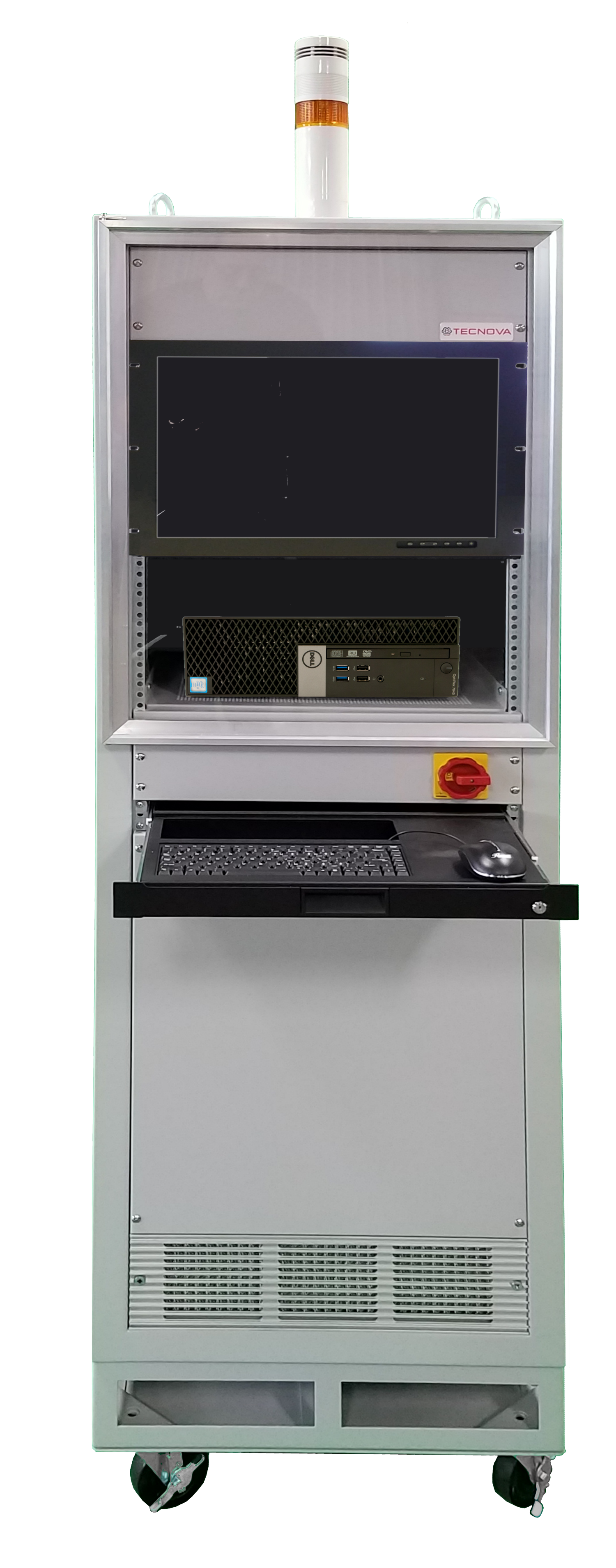
 CHALLENGE
CHALLENGE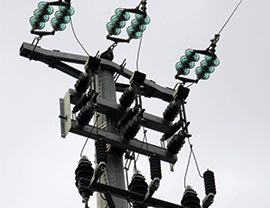
 CHALLENGE
CHALLENGE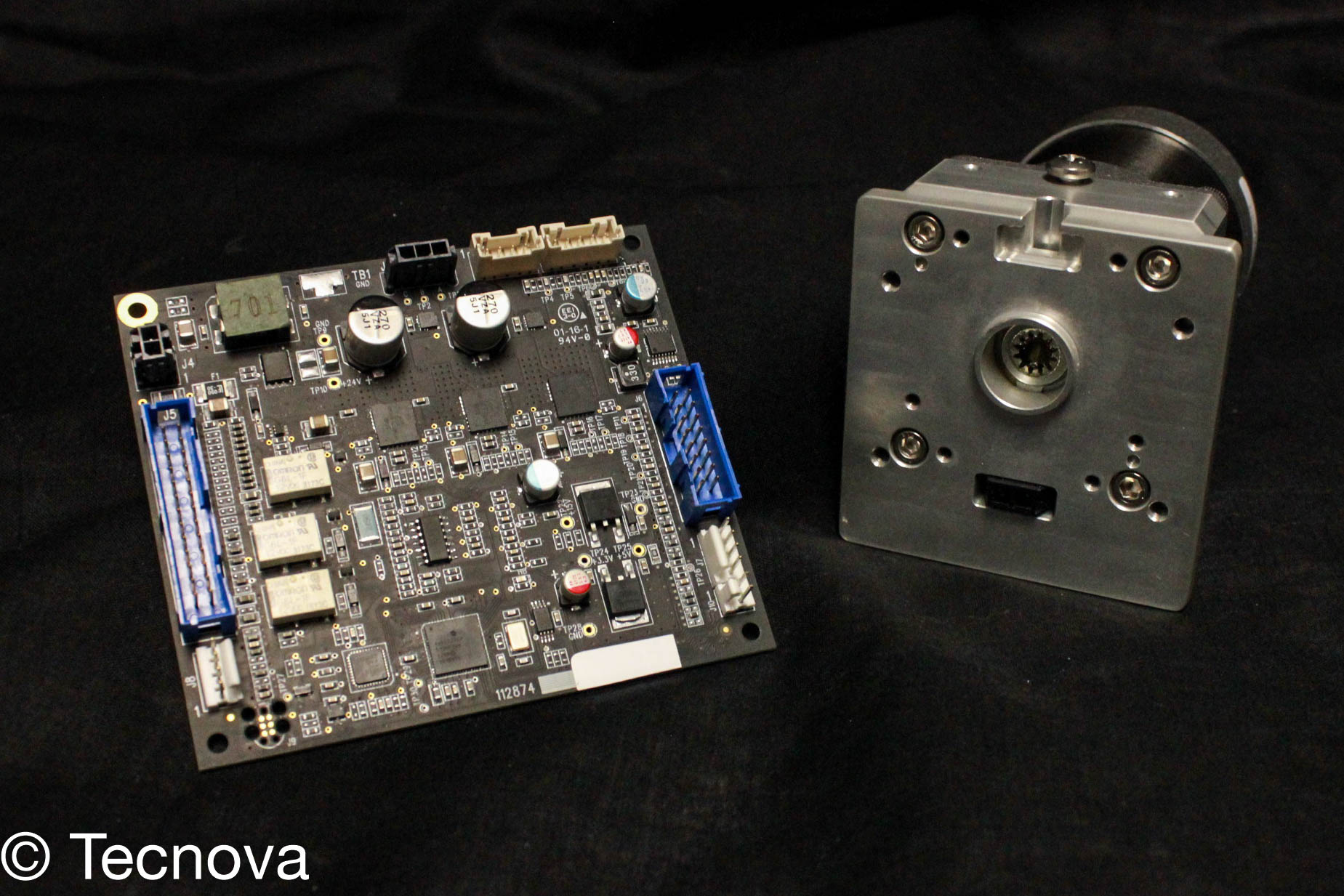
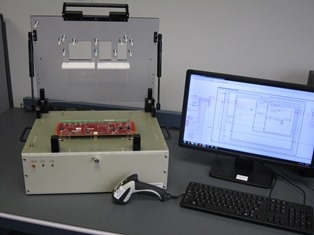
 CHALLENGE
CHALLENGE 

